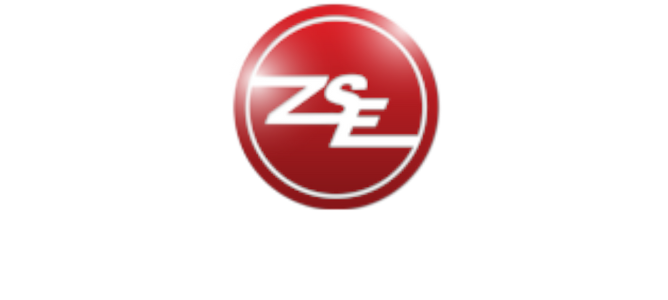Q: I am a 25 year old single man who had just finished paying off all of his student/ consumer debt and is now starting to focus on my savings. I have recently opened both a RRSP and Tax-Free Saving account and am contributing $200 monthly to each. My main question is in regards to the RRSP account. I have spoken with a financial advisor at my bank as well as with family and am getting different opinions on how to invest.
The bank tells me to invest all of my RRSP money in mutual funds as I will not need this money for 40-plus years, whereas my family says now is not the time to get into the market and to keep the money in GICs. Hoping to get a third non-biased opinion as to what is the best plan for me.
– Nicholas G.
A: Congratulations! You’ve crossed a mile stone by paying off your student loan and at the same time getting rid of your consumer debt.
You are heading in the right direction by investing for your future.
Opening the Tax-Free Savings account and the RRSP are excellent first steps towards the building of your financial future.
Before you decide where you should invest, you should first establish your goals. These should be SMART (Specific, Measurable, Attainable, Realistic, and Timely) goals that will determine where you would like to be in the near and distant future.
You also have to establish the level of risk you are willing to tolerate when investing. A Mutual Fund is a very good vehicle for your investments because it allows you to take advantage of the investments in the market as part of a team of investors as opposed to doing it individually, and also at an affordable price.
This depressed market is also an advantageous time to purchase because the investments are currently at a price that is much lower than a strong market. Based on the investments chosen, the Mutual Funds could allow you to take advantage of the growth as the market rebound.
Guarantee Investment Certificates (GIC) are also good investment vehicles that allow you to secure your principle but the long term appreciation of the investments are not as fast as, for example, some mutual funds depending on how they are invested.
The Tax Free Savings Account is another investment vehicle that presents tax advantages with a maximum annual contribution amount of $5,000.
In that account there are a number of investment options. It is not just a regular savings account. There are some rules attached to this account that your bank can explain to you.
My recommendation is to pay another visit your local branch and ask them to create a financial plan that will take your goals and risk tolerance into consideration.
– Chris Alexander, MBA, BBM, PFP, FICB




